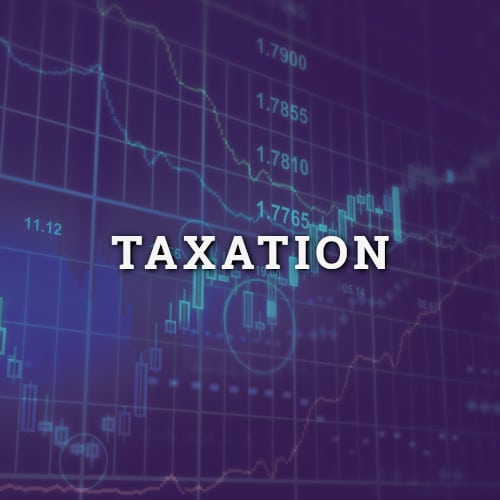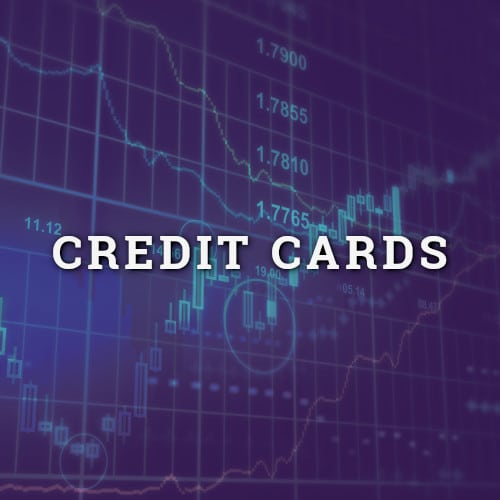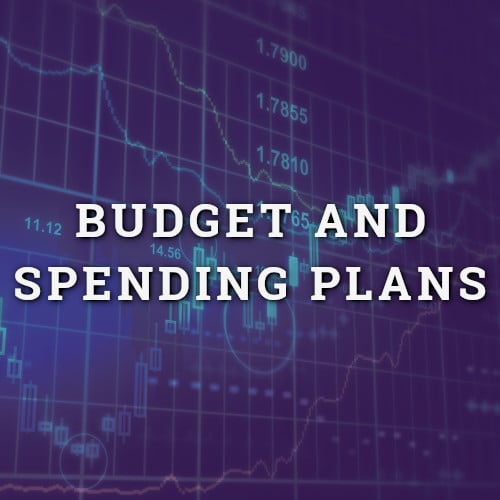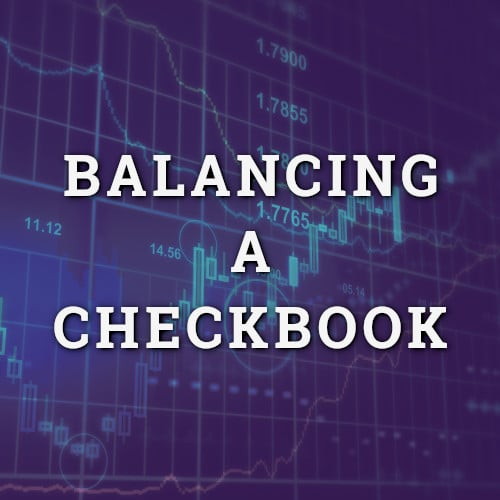In this lesson students will learn about various ways to invest. They will be learning about different types of investments such as stocks, mutual funds and bonds. Students will be assessing different risk that comes with each type of investment and determining when it is a good idea to invest.
In this lesson students will be learning about the different options that they have after graduating high school. They will be looking at different careers and learning about what skills and level of education is required to be successful in those careers.
In this lesson students will be learning about income tax and why certain states have an income tax. Students will be learning about taxes from the start to finish, from filling out tax forms to calculating what percentage will be taken out of their income.
In this lesson students will learn what sales tax, discounts and tips are. These are important things for students to know and learn because they will be interacting with these terms in their everyday life. Students will walk away being able to calculate all of these terms in a variety of situations.
In this lesson students will be learning about the different costs that come with buying and owning a car. This lesson is important because there are many costs that students do not think come with owning a care and it is important to take them all into consideration before owning a car.
This lesson introduces the concept of opportunity cost in the eyes of both the consumer and the producer. Students will walk away from the lesson thinking about the opportunity cost that comes with each decision that they make.
This lesson plan in an introduction to “Needs” and “Wants”, and how we use that distinction to make decisions throughout the day. The class activities also start to bridge the gap between the basic concepts, up through integrating concepts of money, and the foundations of budgeting.
In this lesson students will learn about the basics of what a credit card is and the different responsibilities that come with owning a credit card. Students will learn about what both a credit report and credit score are and the impact they have on someone’s finances. By the end of the lesson students will Read More…
This lesson plan will introduce students to the concept of comparison shopping. There are a variety of activities that all center around comparing different items in order to get the best value for your money. Students will be able to find the unit prices of various items and also how and where to research different Read More…
This lesson is an introduction to buying a stock. Students will be introduced to basic vocabulary that is involved with a buying and owning a stock. Students will be going through the entire process of buying a stock from looking up the stocks ticker symbol to buying a stock on the market.
In this lesson students will be learning about both budgets and spending plans. They will be able to tell what the different parts of each are and when to use either. They will be looking at other peoples’ budgets and saving plans to evaluate how to create one. They will leave with the tools and Read More…
In this lesson students will be learning all about checking and how to track their purchases. Throughout the different activities students will be interacting with checks and connecting that back to budgeting and spending. Students will go through the entire bill paying process from reading a billing statement to writing a check in order to Read More…
In this lesson students will be learning about different types of scams that could happen over the phone or on the computer. They will be able to identify when they find a scam and will learn the importance of not falling into the scam. Includes 5 customizable activities












